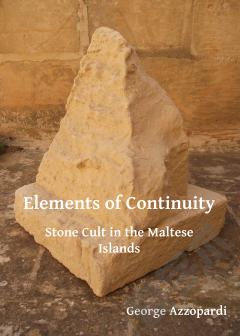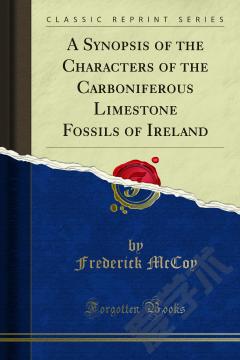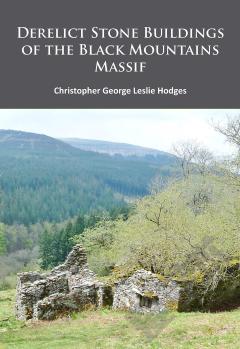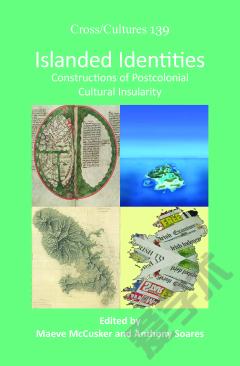Elements of Continuity —— Stone Cult in the Maltese Islands
----- 连续性元素:马耳他群岛的石头崇拜
Stones can serve an infinite array of functions both when they are worked and when they are left in a ‘raw’ state. Depending on their function, stones can also be meaningful objects especially when they act as vehicles of ideas or instruments of representation. And it is, therefore, in their functional context, that the meaning of stones can be best grasped. The stones dealt with in this study are non-figural (or aniconic) or, sometimes, semi-figural. They come from ritual contexts and, as such, act as a material representation of divine presence in their role as betyls. But it is not mainly the representational aspect of these stones that this study seeks to highlight. As material representations of divine presence that are also worshipped, these particular stones form part of a phenomenon that seems to know no geographical or temporal boundaries. They are of a universal character. It is this universal character of theirs that seems to qualify these stones as elements forming part of the phenomenon of continuity: continuity across different cultures and in different places along several centuries. It is this phenomenon which this study seeks to highlight through a study of these stones. The Maltese islands are presented as a case study to demonstrate the phenomenon of continuity through a study of these stones. Worship of stones in representation of divine presence is found on the Maltese islands since prehistoric times. But the practice survived several centuries under different cultures represented by unknown communities during the islands’ prehistory and the Phoenicians / Carthaginians and the Romans in early historic times.
{{comment.content}}








 京公网安备 11010802027623号
京公网安备 11010802027623号